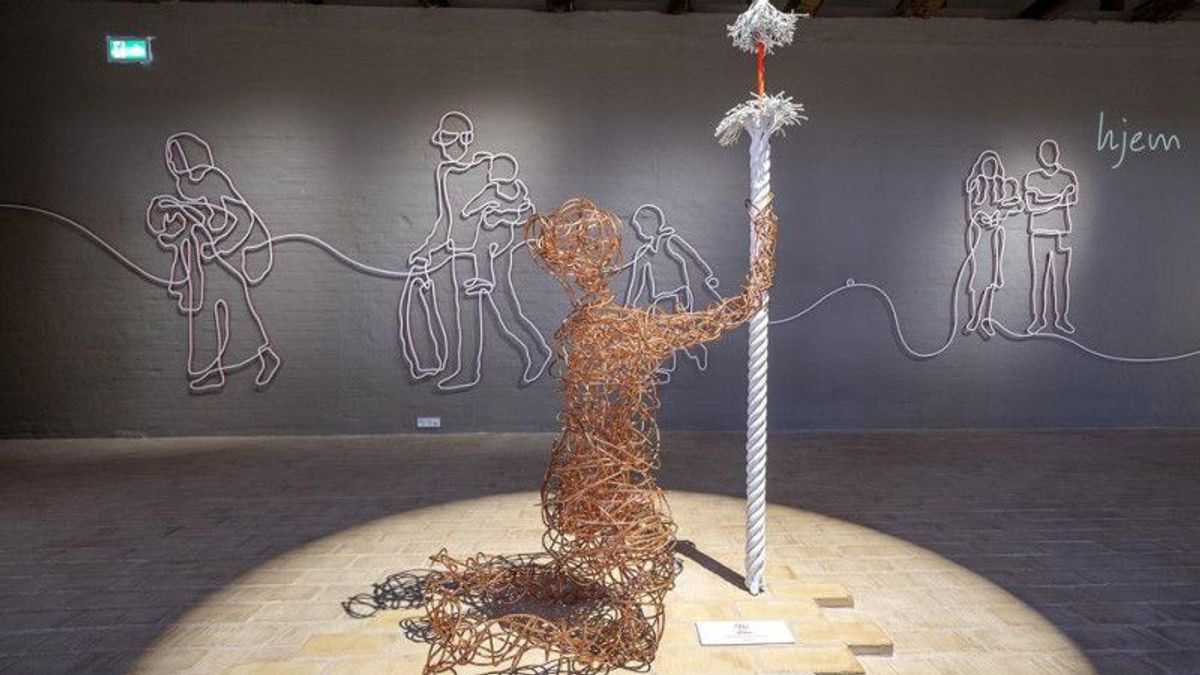JAKARTA - A museum that captures the story of the refugee generation, the forerunner of Danish society, was inaugurated by the Danish Queen Margrethe II on Saturday, June 25 local time.
The museum, called Flugt, presents the story of refugees starting with Germans who fled the Soviet Union during World War II.
The museum was set up on the site of a camp in Oksboel, a city in southwest Denmark, which housed up to 100,000 refugees from Germany in the postwar years.
Flugt, which means “runaway” in Danish, also tells the story of immigrants from Iran, Lebanon, Hungary, Vietnam and elsewhere who fled their homeland and sought refuge in the Scandinavian country.
Refugees tell their stories through video recordings on big screens.
"The museum aims to change statistics to be more humane and convey universal issues, emotions and other things while being a person on the run," said museum curator Claus Kjeld Jensen, quoted by Antara, Sunday, June 26.
The Flugt Museum was designed by prominent Danish architect Bjarke Ingels.
The museum has a modern, curved structure made of wood and glass that connects two pavilions that used to be hospitals in the postwar years.
Ingels said the new museum became even more relevant because Denmark recently accepted refugees fleeing the war in Ukraine.
Outside the museum, there is a plaque depicting the plight of the Germans who sought refuge in the Oksboellejren camp between 1945 and 1949.
Most of them eventually settled in West Germany, but a cemetery at the site has become the final resting place for those who died there.
The construction of this museum was also funded by private donations and the German government. German vice chancellor Robert Habeck attended the opening ceremony of the Flugt museum on Saturday 26 June. The museum will open to the public on June 29.
Denmark has been a haven for refugees in the past. Of Denmark's 5.8 million residents, more than 650,000 are immigrants, while another 208,000 are listed in state statistics as descended from immigrants. According to official statistics, 2,717 people have sought asylum in Denmark this year.
The English, Chinese, Japanese, Arabic, and French versions are automatically generated by the AI. So there may still be inaccuracies in translating, please always see Indonesian as our main language. (system supported by DigitalSiber.id)








